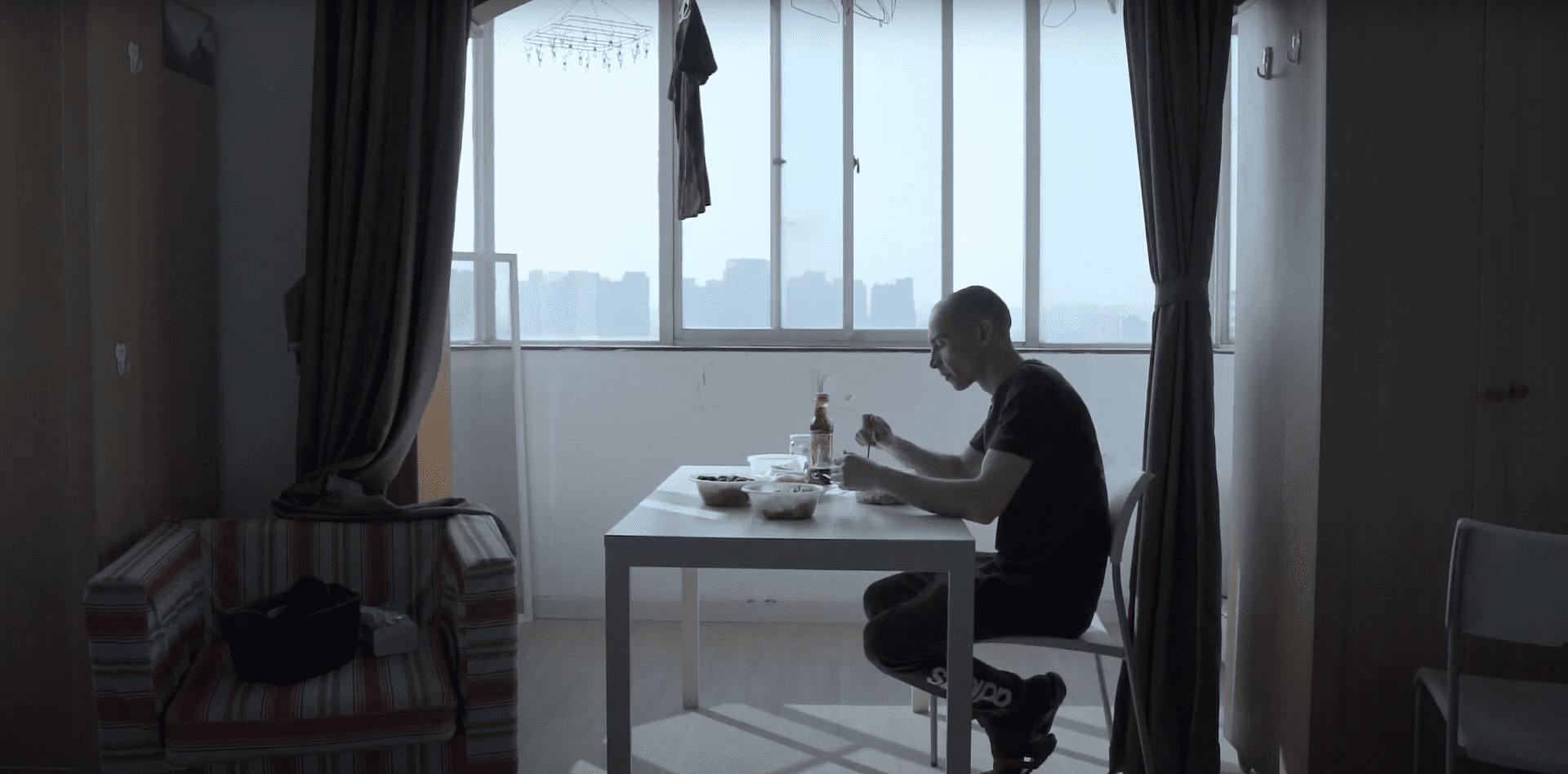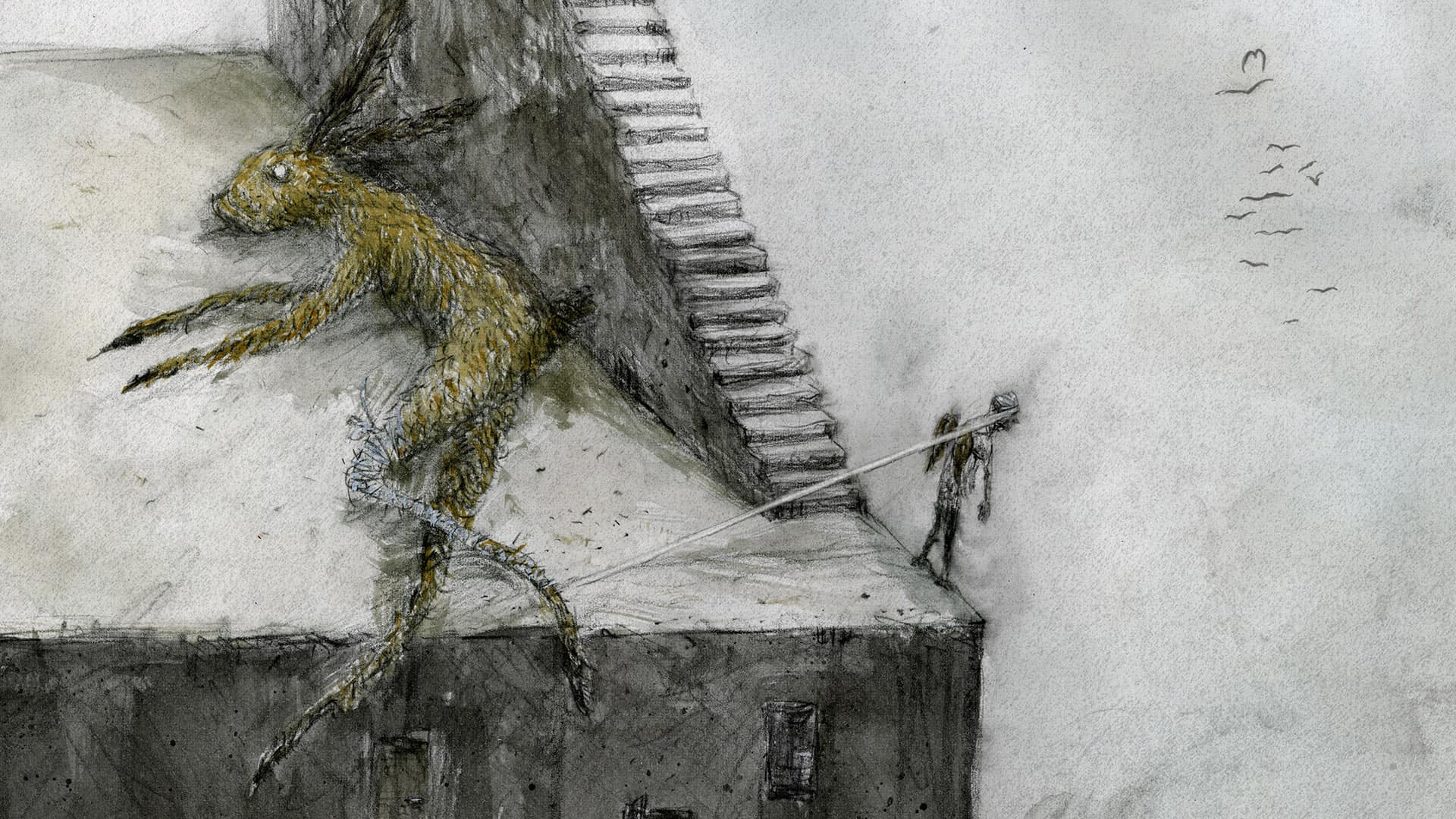A gentle stillness revives itself at the end and beginning of every breath, its vibrancy tangible when tuned into its frequency at each precise moment. It is a calmness, a small measure of peace, seldom found under the neon buzz of a megacity such as Tokyo or any given metropolis around the globe wherever the urban frenzy is ceaseless. Life far removed from time's boorish grasp – its frantic march toward the inevitable, its relentless demand for toil and progress – finds a gentler purpose: an opportunity for spiritual detoxification, a glimmer of strength to face the past head-on. For lurking in the periphery, obscured by shadow, are the ghosts and demons in constant pursuit, and no amount of running can keep them at bay forever. In “Side by Side”, Chihiro Ito painstakingly curates this serene tapestry in which Kentaro Sakaguchi's Miyama eschews his trauma and makes his escape.
Side by Side is screening at Osaka Asian Film Festival

Relocating into the depths of Nagano prefecture to live with his girlfriend Shiori (Mikako Ichikawa) and her daughter Mimi (Ameri Isomura), Miyama spends his time comforting the locals by communicating with the souls of their loved ones, healing ailments and emotional distress, and occasionally recovering an errant cow back to its farm. His supernatural gift makes him a magnet for wandering souls and one he has been unable to deter for some time is that of his high school junior Kusaka (Kodai Asaka), a musician whose hit single had been based on a love letter Miyama once wrote to his ex-girlfriend Riko (Asuka Saito). Upon his encounter with Kusaka, Riko is thrust back into Miyama's life as if she were but a black cloud at the cusp of tempestuous turbulence, forcing him to confront a past he has since neglected.

What could easily devolve into melodramatic thoroughfare is instead handled with patient tenderness, its story unfolding at the same steady, therapeutic pace at which life in these parts beats. Yet for all the measures in place to steer her narrative, Ito weaves the seams deeper into the world her cast occupies, her nurturing fixations on preparing vegetables, on conversations about lamps from Al Pacino movies, on the meaning of beauty, become our own. Each breath taken is long, at times arduous, but always nourishing; every exhale purifies and sustains. Such devotion is given to these moments the laws in which the film's supernatural elements operate become absorbed within Ito's dreamy yet distant aestheticism, so much so even the most fleeting of encounters exudes wholesomeness.
And yet a permeating ambiguity flourishes at the film's heart, a consequence of Ito's translucent deja vu purposefully ingrained into “Side by Side”'s meditation; nestled within the film's burgeoning relationships thrive questions never demanding an answer but insisting on accompaniment long after the credits roll. Bereft of whimsy, both Sakaguchi and Saito dwell on their characters' depths at great length, cocooned within a listless ennui determined to ensnare them, and brood with introspection. Even Isomura, the film's inexhaustive bundle of energy, who devotes herself to Creamy Mami's transformations, captivates while being in tune with the world Miyama attracts – if not even more so – without shattering “Side by Side”'s fragility.
But Ito's world, tranquil as it is on the surface, is anything but fragile: it is an immensely evocative haven radiating at every given opportunity, yearning to reveal itself in all its splendour. Cinematographer Tai Ouchi captures every still life with deliberate poignancy and familiarity and accentuates the spectacle of the quiet, its grandiosity at times overwhelmingly breathtaking. Shot in Nagano prefecture, the coalescence of these two worlds is heightened even further by Kouken Jinno's atmospheric lighting and Yuki Kojima's stirring electronic score; their symbiosis unquestionable yet indistinguishable, rendering the heartache all the more devastating by the film's end.
Adapted from her own novel, Ito's second feature is wrought with poetic anguish, the revelations of which come with a calming ebb and flow, mirrored only by a resplendence the modern world has alienated itself from. But this ebb and flow is just as deceptive as it is recuperative, its security false, a lull in preparation for an unavoidable if not sobering confrontation. With each breath becoming heavier, weighted down by a beautified sadness, “Side by Side” delivers comfort with acceptance, its final exhalation one of pure elation. At a time when the world is once again in a hurry with itself, “Side by Side” takes but one last moment to revel in the stillness before its past catches up once again.
















Too vague a review. Too abstract. It doesn’t explain much about the movie. All those gits appearing from nowhere. One guy turning up by the river at the end of the film. Who’s he? Also, is there any reason why the main male character doesn’t speak much? Is that his baby born at the end? Etc, etc